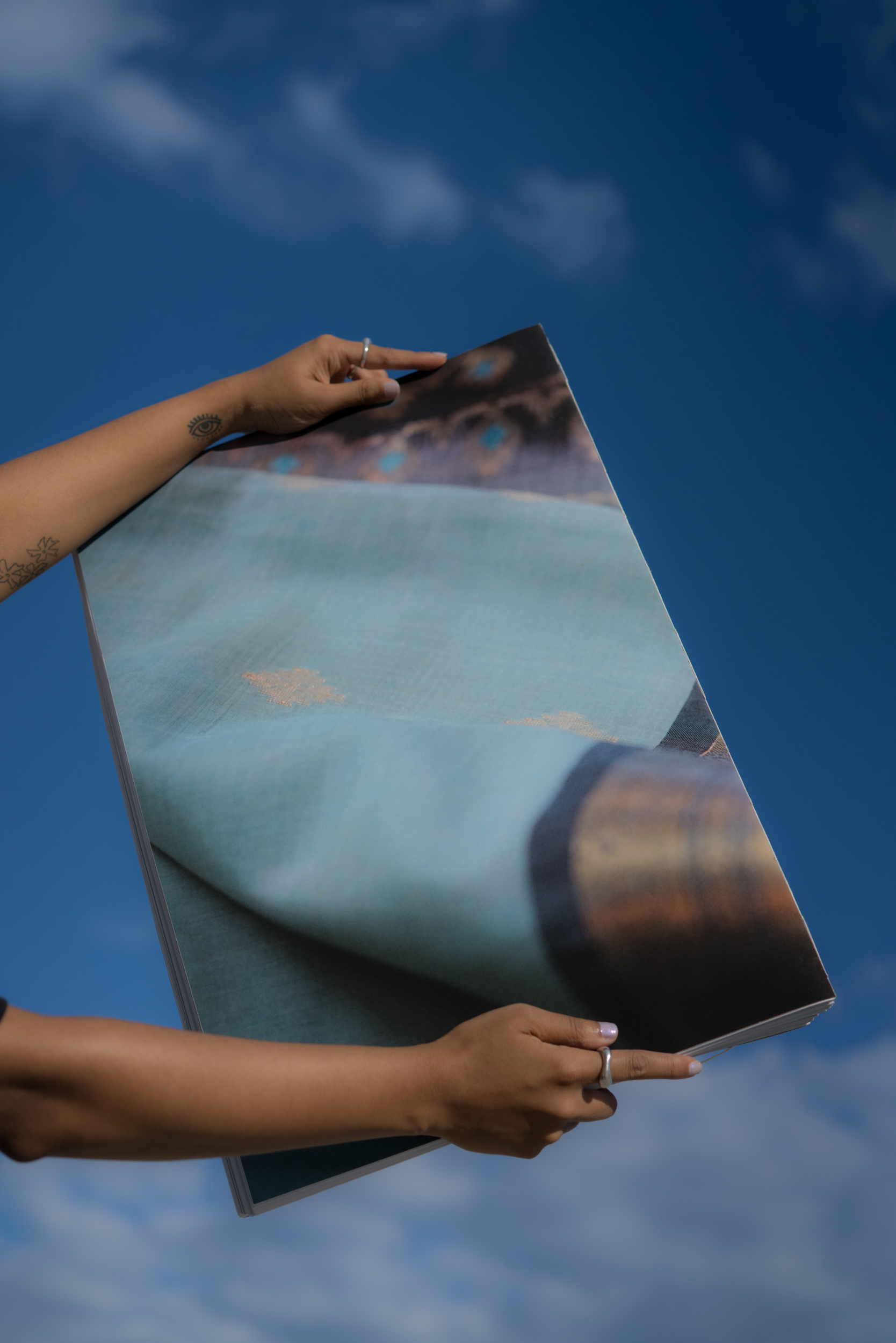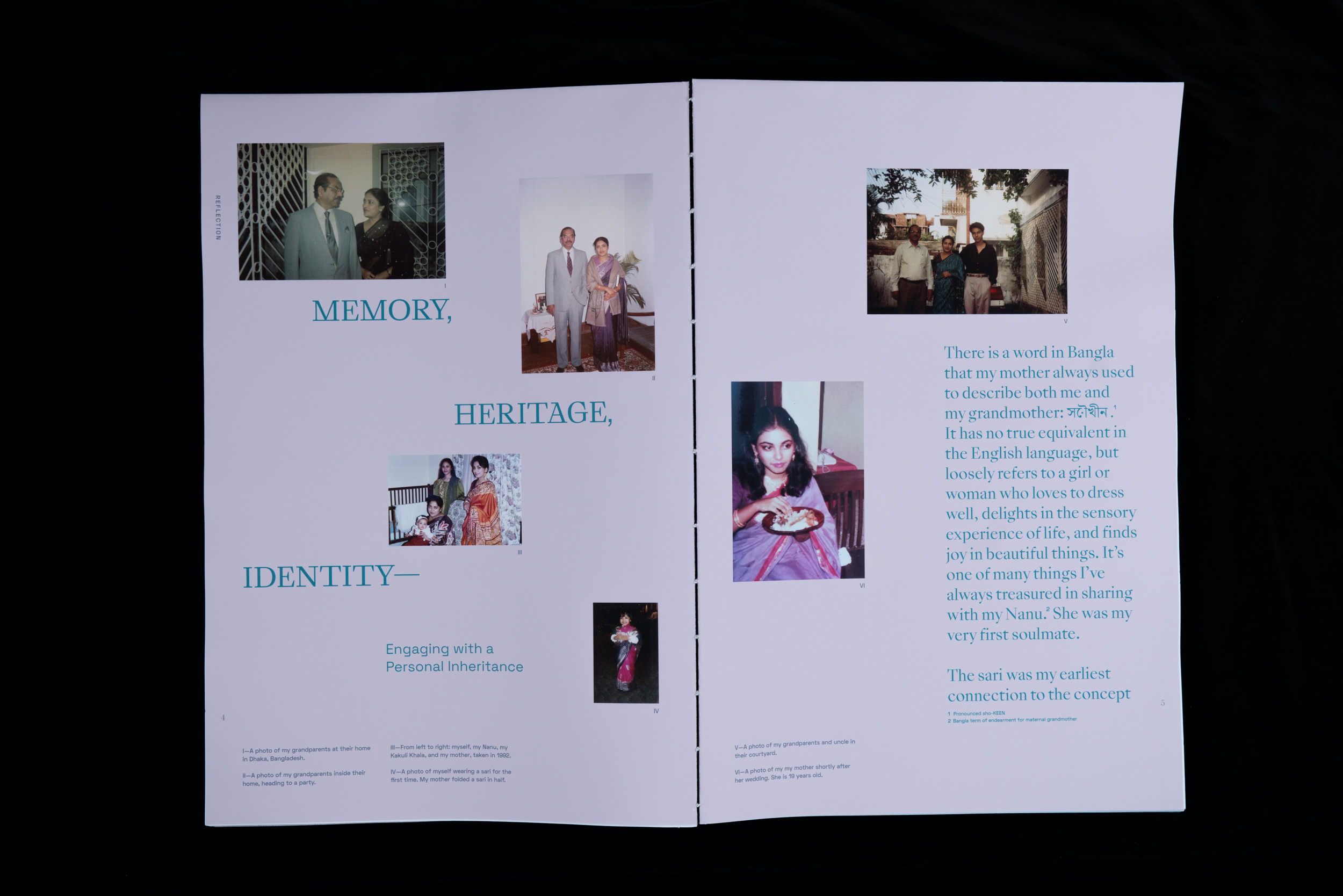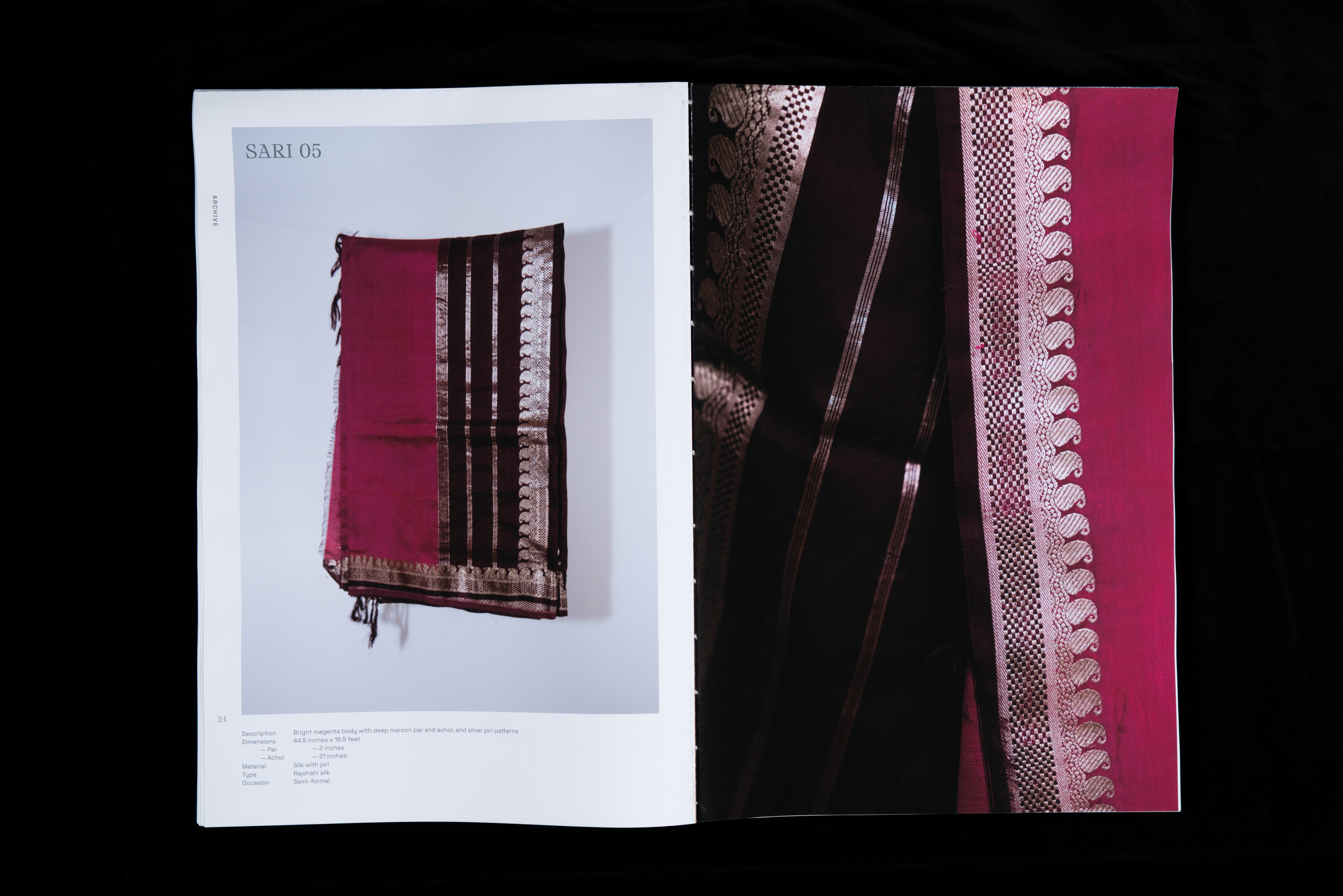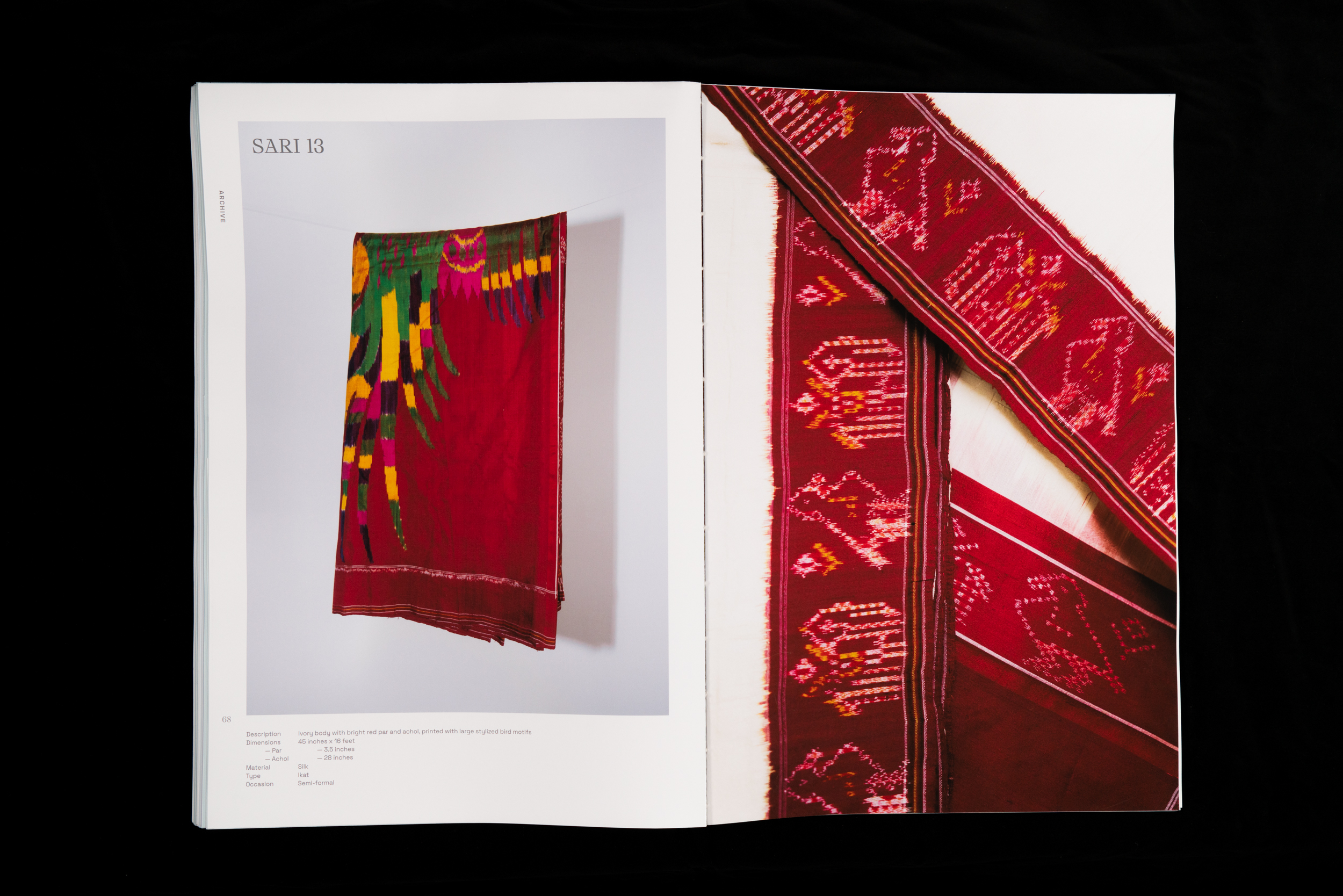

MEMORY, HERITAGE, IDENTITY
Engaging With a Personal Inheritance
I have received a physical inheritance of 18 hand-woven saris collected by my grandmother over the course of her lifetime, spanning pre and post Independence War periods. Inheritance also refers to my diasporic longing for an ephemeral sense of belonging and home that exists in stories, nostalgia, and imagination.
I grew up with my grandmother designing traditional salwar kameezes for me and my mother, often remixing her own saris into new garments, a practice she continued until her passing. These textiles, designed in non-traditional ways, have connected the women of my family across generations and serve as a vehicle of connection and identity for me. I use the term “embodied knowledge” to communicate the concept of that understanding that is built through cultural immersion and everyday practice, a way of being that is handed down through generations of maternal labor.
I grew up with my grandmother designing traditional salwar kameezes for me and my mother, often remixing her own saris into new garments, a practice she continued until her passing. These textiles, designed in non-traditional ways, have connected the women of my family across generations and serve as a vehicle of connection and identity for me. I use the term “embodied knowledge” to communicate the concept of that understanding that is built through cultural immersion and everyday practice, a way of being that is handed down through generations of maternal labor.
This project is a printed book detailing and archiving the inherited saris, with original writing (personal essays, stories, and research), photography, excerpts, interviews, and glossary. The book is designed at the scale and proportions of a sari as it is folded and hung in my Nani’s almari, or wardrobe. The content covers historical context, family narrative, cultural tradition, and design/craft techniques.
Through this project, I seek to engage with an aesthetic heritage I have struggled my entire life to access, and uncover a method of inquiry through the convergence of maternal lineage, graphic form, the South Asian female body, and textilic craft. I also work to expand the canon by introducing a cultural tradition not often seen in Western academic discourse and elevating it in the art institution in order to create a space for future development of this practice.
Through this project, I seek to engage with an aesthetic heritage I have struggled my entire life to access, and uncover a method of inquiry through the convergence of maternal lineage, graphic form, the South Asian female body, and textilic craft. I also work to expand the canon by introducing a cultural tradition not often seen in Western academic discourse and elevating it in the art institution in order to create a space for future development of this practice.






















































